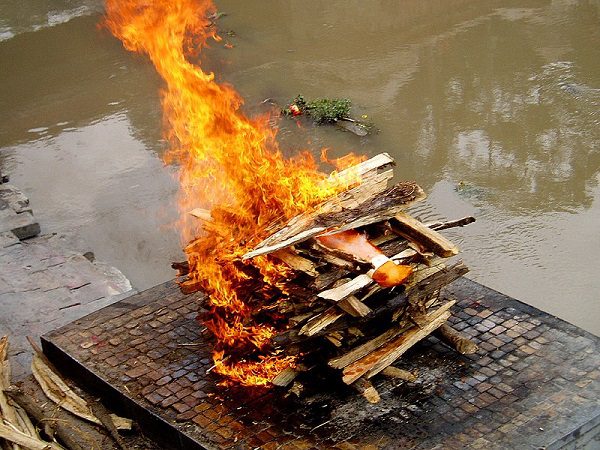In Hindu culture, funeral vidhi services are a crucial part of honouring and bidding farewell to the departed soul. These services are steeped in tradition and hold immense significance in providing closure and comfort to grieving families. In this blog, we will explore the various aspects of funeral vidhi services and their importance.
Table of Contents
ToggleUnderstanding The Concept Of Vidhi Services
The word “Vidhi” translates to “procedure” or “ritual” in Sanskrit. Vidhi services are a set of rites and rituals performed to pay homage to the deceased, seek forgiveness, and attain peace for their soul. These rituals are an important aspect of Hindu culture and are believed to help the soul of the deceased transition to the afterlife.
The Significance Of Funeral Vidhi Services
Hinduism believes in the concept of rebirth or reincarnation, and funeral vidhi services help the departed soul attain Moksha or liberation from the cycle of birth and death. These services are also essential in providing closure to the bereaved family and allowing them to offer their last respects.
Funeral vidhi services also serve as a way to honour the life and legacy of the departed individual. By following the customs and rituals, the family and community come together to celebrate the life of the deceased and acknowledge their contributions to society.
The Different Phases Of Funeral Vidhi Services
The funeral vidhi services are divided into three main phases – pre-cremation, cremation, and post-cremation. Each phase has specific rituals and customs that must be followed.
Pre-Cremation Vidhi Services
The pre-cremation vidhi services include rituals such as bathing the deceased, dressing them in new clothes, and adorning them with flowers. The family members also perform the final rites and offer their last respects.
During the pre-cremation phase, the priest performs the chanting of mantras and prayers to guide the soul of the departed to the afterlife. The family members also offer food and water to the departed soul as a symbol of their love and respect.
Cremation Vidhi Services
The cremation vidhi services involve taking the deceased to the cremation ground and lighting the funeral pyre. The family members must perform the pind daan or the offering of rice balls to the departed soul.
During the cremation phase, the priest performs the final rites and guides the soul of the departed to the afterlife. The family members also offer flowers and ghee to the fire as a way of honouring the departed soul.
Post-Cremation Vidhi Services
The post-cremation vidhi services include the ash immersion ceremony or asthi visarjan. This ceremony involves the immersion of the ashes of the departed in a holy river or body of water.
During the post-cremation phase, the priest performs the final rites and prays for the departed soul to attain Moksha. The family members also offer food and water to the departed soul as a symbol of their love and respect.
Conclusion
In conclusion, funeral vidhi services are an important part of Hindu culture and provide closure and comfort to grieving families. These services honour the life and legacy of the departed individual and help their soul attain Moksha. The different phases of funeral vidhi services must be followed with utmost respect and devotion to ensure the peaceful transition of the departed soul to the afterlife.
While these rituals may seem complex and unfamiliar to those not familiar with Hindu culture, they play a crucial role in providing solace to the bereaved family and ensuring the peaceful transition of the departed soul. Through these customs and traditions, we can honour the memory of those who have passed away and keep their legacy alive.


